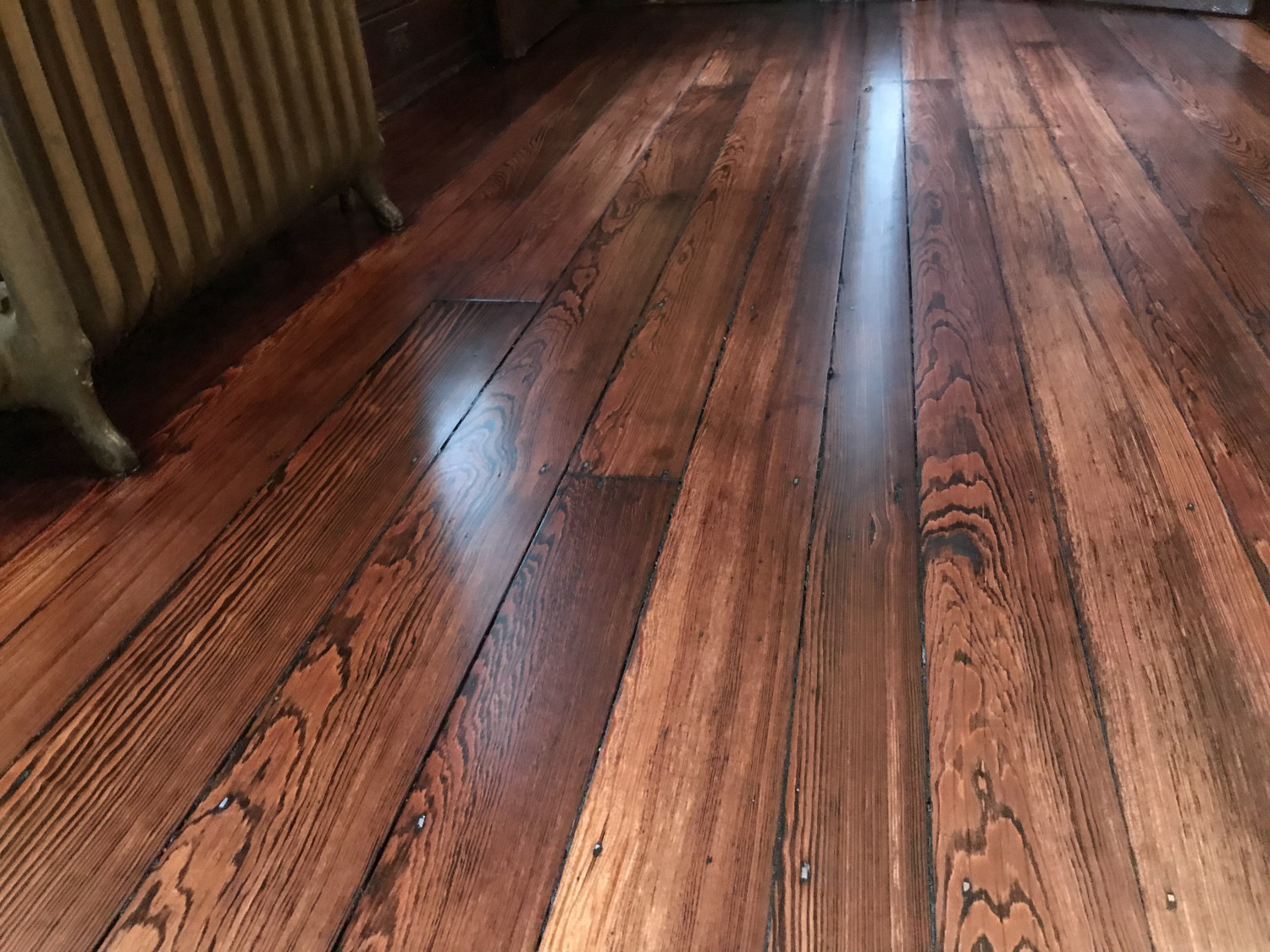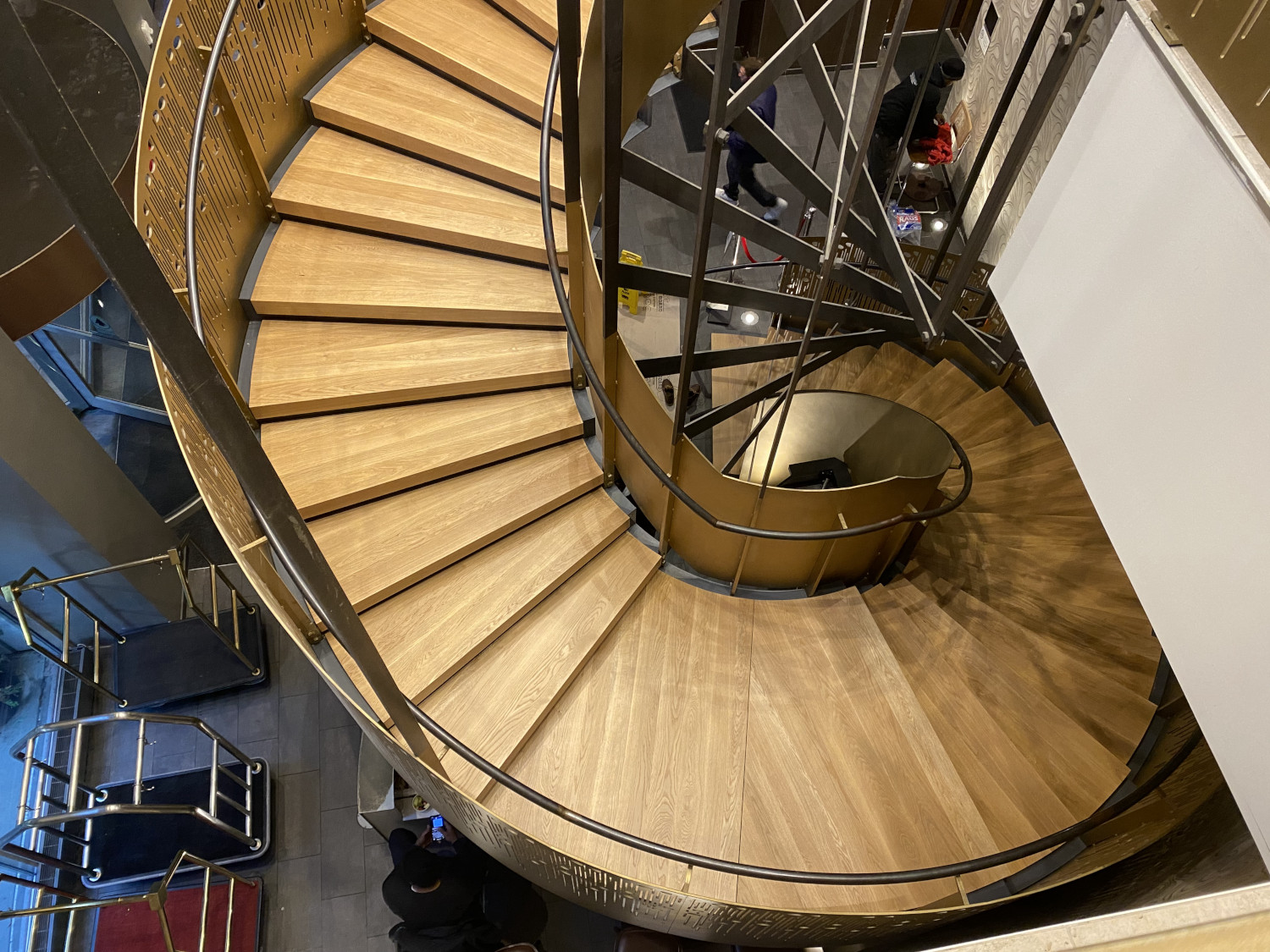What Is Cupping in Hardwood Floors? Causes, Prevention, and Solutions
Hardwood floors elevate the beauty and value of any home. They offer timeless elegance, durability, and a natural warmth that other flooring options can’t quite match. However, even the most stunning hardwood floor can succumb to a common enemy: cupping.
This blog post dives deep into the world of cupped hardwood floors. We’ll explore what cupping is, the underlying causes, and the potential consequences if left unaddressed. We’ll also equip you with the knowledge to prevent cupping in the first place and explore solutions for restoring your floor’s pristine condition.
Understanding Cupping in Hardwood Floors
Imagine running your hand over your beautiful hardwood floor only to encounter unwelcome bumps and ridges. This unevenness, where the edges of the floorboards curl upwards while the center dips downwards, is a telltale sign of cupping.
Here’s a breakdown of what happens:
Hardwood is hygroscopic by nature. This means it readily absorbs and releases moisture from the surrounding environment. When a floorboard absorbs excessive moisture, typically from the underside, the wood fibers on that side swell. The board warps since the top side remains relatively unaffected, taking on a concave or “U” shape.
This is cupping.
The Culprits Behind Cupping
Several factors can contribute to cupping in hardwood floors, including:
- Moisture Imbalance: This is the primary culprit of cupping in hardwood floors. Fluctuations in humidity levels cause the wood to expand and contract. Ideally, your home should maintain a consistent relative humidity (RH) between 30% and 50%. Excessive humidity (above 50%) leads to moisture absorption and cupping. Conversely, extremely dry conditions (below 30% RH) can cause the wood to shrink excessively, sometimes leading to gaps between boards and a reversal of cupping, known as crowning.
- Leaks and Spills: Unidentified leaks from pipes, appliances, or the foundation can introduce significant amounts of moisture into the subfloor, causing cupping. Similarly, neglecting spills or allowing water to pool on the floor surface can have the same effect.
- Improper Installation: The floorboards need adequate space for expansion and contraction during installation. If the boards are installed too tightly or glued down entirely, natural movement is restricted, and cupping can occur when moisture fluctuations happen.
- Uneven Subfloor: A subfloor that isn’t perfectly level can create uneven support for the hardwood planks. This unevenness can cause some boards to bear more weight than others, leading to cupping over time.
- Improper Acclimation: Hardwood floors need time to adjust to their new environment’s humidity and temperature conditions before installation. Rushing this acclimation process can lead to moisture imbalances and subsequent cupping.
The Impact of Cupped Floors
While cupped floors may not pose an immediate structural threat, they can cause a cascade of problems if left unaddressed, such as:
- Aesthetic Concerns: The uneven surface becomes visually unappealing, detracting from the overall beauty of your hardwood floor.
- Walking Discomfort: The raised edges and uneven surface can make walking on the floor unpleasant and uneven.
- Gaps and Squeaks: As cupping progresses, the edges of the boards may not meet properly, creating gaps that can trap dirt and debris. These gaps can also lead to irritating squeaks when walked upon.
- Structural Damage: In severe cases, extreme cupping can stress the interlocking joints of the floorboards, potentially causing them to crack or break. Persistent moisture issues can also lead to mold and mildew growth beneath the floorboards.
Preventing Cupping: Proactive Measures
The good news is that cupping is largely preventable with proper care and maintenance.
Here are some key strategies:
Maintain Consistent Humidity Levels
Invest in a hygrometer to monitor your home’s humidity levels. Use a humidifier during dry spells and a dehumidifier in humid conditions to maintain a consistent RH between 30% and 50%.
Address Leaks Promptly
Don’t ignore even minor leaks. Fix plumbing issues or roof leaks as soon as possible to prevent moisture from reaching the subfloor and causing cupping.
Promptly Clean Up Spills
Do not let spills sit on the hardwood floor for extended periods. Blot up spills immediately with a clean, absorbent cloth to minimize moisture absorption.
Provide Proper Ventilation
Ensure good air circulation throughout your home. Open windows regularly, especially during humid weather, to allow moisture to escape.
Use Area Rugs
Strategically placed area rugs can help regulate moisture levels by absorbing small spills and preventing localized humidity spikes. When choosing area rugs, select those made from natural fibers like wool or cotton. These materials breathe better than synthetic rugs, allowing moisture to evaporate and preventing it from being trapped beneath the rug and the floor.
Move Furniture Regularly
Avoid leaving heavy furniture in the same spot for extended periods. This can impede air circulation and contribute to uneven moisture distribution, potentially leading to cupped floorboards underneath.
Maintain a Regular Cleaning Routine
Regularly use a hardwood floor cleaner specifically formulated for your floor type. Avoid excessive water or harsh chemicals, which can damage the wood and exacerbate cupping issues.
Restoring Cupped Floors: Taking Action
If you discover cupped floorboards, don’t despair!
Here are some potential solutions, depending on the severity of the cupping:
- Mild Cupping: In some cases, minor cupping may improve on its own, especially if the cause of the moisture imbalance is addressed (such as a leak or humidity levels). The key is to act swiftly to prevent further cupping.
- Weighting Down the Boards: For mild to moderate cupping, placing weights strategically on the raised edges of the boards can sometimes help flatten them out. Use weights that distribute the pressure evenly and avoid leaving them in place for extended periods to prevent indentations.
For moderate to severe cupping, attempting DIY repairs is not recommended. Professional intervention is necessary to diagnose the underlying cause and determine the most appropriate course of action.
Keeping Your Hardwood Floor Beautiful and Free From Cupping
Cupping, while not ideal, is a treatable condition for hardwood floors. By understanding the causes, taking preventive measures, and acting promptly if cupping occurs, you can ensure your beautiful hardwood floor retains its elegance and functionality for years to come.
If your hardwood floor is cupping, the PA Wood Floor Experts at Artisan Wood Floors are here to help! Our team of experienced professionals can diagnose the problem, recommend the most suitable solution, and restore your floor to its former glory. We offer a range of services, from hardwood floor installation and maintenance to repairs and refinishing.
Call Artisan Wood Floors today at (215) 515-7355 and ask for Steve!
Recent Hardwood Flooring Projects in Philadelphia & NJ




0 Comments